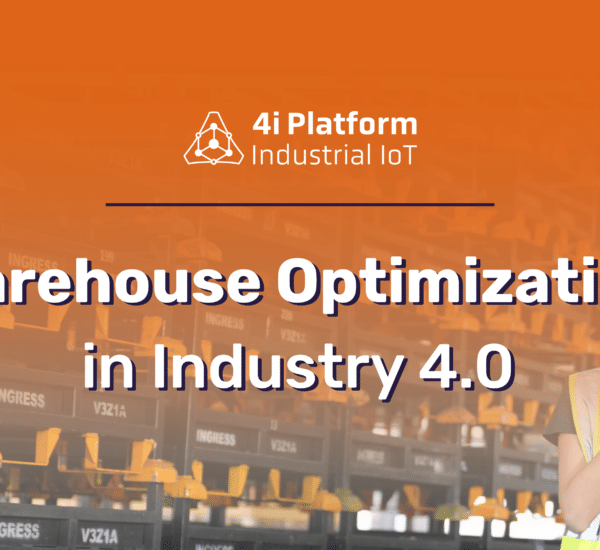Smart things have reached critical mass with the implementation of IoT in the manufacturing industry. Wireless connectivity products (lightbulbs, thermostats, smart speakers, and lightbulbs) are part of our lives, and it is more common than ever. A report indicates that 79 percent of Americans have at least one connected device in their homes.
IoT in the Manufacturing Industry
The Industrial Internet of Things (IIoT) uses networked sensors, intelligent devices and places those technologies right on the manufacturing floor to collect data for artificial intelligence and predictive analysis.
IIoT technology attaches sensors to physical assets. These sensors help collect data wirelessly and then use analytics and machine learning to perform some type of action.
In addition, the IIoT is causing unprecedented disruption in an industry that has suffered in recent years mainly because of talent shortages. As a result, this offers hope for the future. The IoT in the manufacturing industry can transform linear manufacturing supply chains into dynamic networks–a digital supply net (DSN).
IIoT technologies are key enablers for DSNs because they transform the way companies manufacture and deliver their products. Because of this, it makes factories more efficient and safer, as well as allows human operators to save millions of dollars.
The Power of Prediction
One of the best benefits of IIoT is its ability to drastically increase operating efficiency. As an example, if a machine is down, connected sensors can detect the problem and trigger a service request.
IoT in the manufacturing industry can help manufacturers predict when machines will fail or enter dangerous operating conditions before they happen.
Predictive maintenance can be a huge thing. Predictive maintenance allows us to reduce equipment downtime and increase safety by being proactive in finding a solution.
Moreover, the sensors analyze the machine’s sound frequencies, vibrations, and temperature to determine if it is in a normal state.
Condition monitoring, also known as condition monitoring, is time-consuming when done manually. Prediction becomes much easier by using sensors to quickly collect and analyze data points from the cloud.
By upgrading to this technology, production equipment with IIoT sensors can help improve the overall equipment effectiveness (OEE). This increased OEE aids in reducing waste by anticipating when machines would fail and need to be removed from service.
Additionally, IoT in the manufacturing industry can save time and money, but also keep workers safe. Operators will be notified if an oil well is in danger of exploding. In an emergency, sensors monitor and manage workers’ movements.
Location, Location, Location
Location tracking is another huge benefit of IIoT. This industrial version of connected fobs makes it impossible to lose your keys.
IoT in the manufacturing industry significantly aids in lowering the time workers spend searching for equipment and tools. Equipment is placed on a huge inventory lot, which could be a three-quarter mile long.
Increase Efficiency of Operations with IIoT & the Leasing Model
IIoT has already been a catalyst for safety, efficiency, and productivity. However, the IIoT may also disrupt business models.
Soon, companies will be able to increase the efficiency of operations in high-value equipment, from aircraft engines to manufacturing robots, being leased rather than sold.
Rather than selling equipment directly, companies can connect sensors to their equipment. This equipment can then be marketed as both an item and a service. In this case, the owner remotely monitors the equipment and provides maintenance, repairs, and upgrades.
Manufacturing companies will be able to concentrate on their work and not worry about the equipment, thereby increasing productivity and efficiency.
These results are a business case for IoT in the manufacturing industry. They go far beyond sensors that can anticipate, accommodate, or arrive home.





